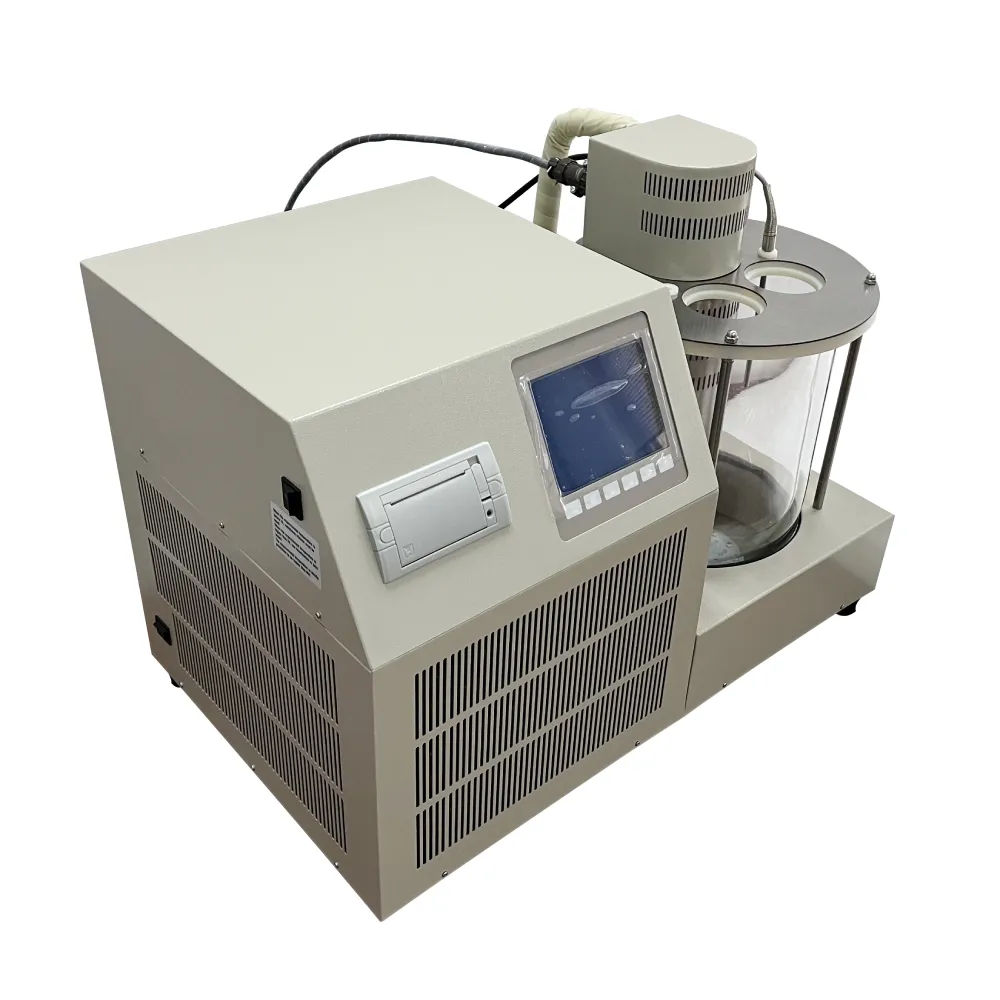TEL:
+86-0312-3189593
 English
English

Telephone:0312-3189593

Email:sales@oil-tester.com

-
 Afrikaans
Afrikaans -
 Albanian
Albanian -
 Amharic
Amharic -
 Arabic
Arabic -
 Armenian
Armenian -
 Azerbaijani
Azerbaijani -
 Basque
Basque -
 Belarusian
Belarusian -
 Bengali
Bengali -
 Bosnian
Bosnian -
 Bulgarian
Bulgarian -
 Catalan
Catalan -
 Cebuano
Cebuano -
 China
China -
 China (Taiwan)
China (Taiwan) -
 Corsican
Corsican -
 Croatian
Croatian -
 Czech
Czech -
 Danish
Danish -
 Dutch
Dutch -
 English
English -
 Esperanto
Esperanto -
 Estonian
Estonian -
 Finnish
Finnish -
 French
French -
 Frisian
Frisian -
 Galician
Galician -
 Georgian
Georgian -
 German
German -
 Greek
Greek -
 Gujarati
Gujarati -
 Haitian Creole
Haitian Creole -
 hausa
hausa -
 hawaiian
hawaiian -
 Hebrew
Hebrew -
 Hindi
Hindi -
 Miao
Miao -
 Hungarian
Hungarian -
 Icelandic
Icelandic -
 igbo
igbo -
 Indonesian
Indonesian -
 irish
irish -
 Italian
Italian -
 Japanese
Japanese -
 Javanese
Javanese -
 Kannada
Kannada -
 kazakh
kazakh -
 Khmer
Khmer -
 Rwandese
Rwandese -
 Korean
Korean -
 Kurdish
Kurdish -
 Kyrgyz
Kyrgyz -
 Lao
Lao -
 Latin
Latin -
 Latvian
Latvian -
 Lithuanian
Lithuanian -
 Luxembourgish
Luxembourgish -
 Macedonian
Macedonian -
 Malgashi
Malgashi -
 Malay
Malay -
 Malayalam
Malayalam -
 Maltese
Maltese -
 Maori
Maori -
 Marathi
Marathi -
 Mongolian
Mongolian -
 Myanmar
Myanmar -
 Nepali
Nepali -
 Norwegian
Norwegian -
 Norwegian
Norwegian -
 Occitan
Occitan -
 Pashto
Pashto -
 Persian
Persian -
 Polish
Polish -
 Portuguese
Portuguese -
 Punjabi
Punjabi -
 Romanian
Romanian -
 Russian
Russian -
 Samoan
Samoan -
 Scottish Gaelic
Scottish Gaelic -
 Serbian
Serbian -
 Sesotho
Sesotho -
 Shona
Shona -
 Sindhi
Sindhi -
 Sinhala
Sinhala -
 Slovak
Slovak -
 Slovenian
Slovenian -
 Somali
Somali -
 Spanish
Spanish -
 Sundanese
Sundanese -
 Swahili
Swahili -
 Swedish
Swedish -
 Tagalog
Tagalog -
 Tajik
Tajik -
 Tamil
Tamil -
 Tatar
Tatar -
 Telugu
Telugu -
 Thai
Thai -
 Turkish
Turkish -
 Turkmen
Turkmen -
 Ukrainian
Ukrainian -
 Urdu
Urdu -
 Uighur
Uighur -
 Uzbek
Uzbek -
 Vietnamese
Vietnamese -
 Welsh
Welsh -
 Bantu
Bantu -
 Yiddish
Yiddish -
 Yoruba
Yoruba -
 Zulu
Zulu
فېۋرال . 13, 2025 02:23
Back to list
automatic surface tensiometer
Surface partial discharge (SPD) represents a critical concern in the field of electrical engineering, especially in high voltage equipment. This phenomenon often occurs in areas where insulation is compromised, potentially leading to significant equipment failures. Navigating this intricate subject requires a synthesis of hands-on experience, deep expertise, and authoritative insights, along with a commitment to fostering trustworthiness.
Authoritative perspectives indicate that a well-rounded approach to managing surface partial discharge involves substantial research and development efforts. Emphasizing innovation, companies are now exploring new material sciences that offer both superior insulation capabilities and resistance to external factors. This includes the development of smart materials that can dynamically respond to electrical stress and environmental changes, thereby offering enhanced protection. Trustworthiness in managing SPD extends to ethical manufacturing and business practices, ensuring that all products meet and exceed industry standards. Transparency in testing, validation, and product certification is paramount. Companies that offer detailed documentation and evidence of third-party verifications often gain a competitive edge, as these actions resonate well with clients seeking reliable, long-term solutions. Furthermore, fostering an environment where knowledge sharing is encouraged can profoundly impact how surface partial discharge is managed industry-wide. Collaboration among manufacturers, academics, and field engineers leads to improved methodologies and creates an ecosystem where best practices are developed and refined. Seminars, technical workshops, and continuous education programs are effective ways of disseminating cutting-edge information and fostering a culture of ongoing improvement. In conclusion, the challenge of surface partial discharge demands a comprehensive approach combining experience, expertise, authority, and trustworthiness. By investing in preventative measures, embracing innovation, and maintaining transparent practices, the electrical industry can not only mitigate the risks associated with SPD but also enhance the reliability and longevity of its critical infrastructure.


Authoritative perspectives indicate that a well-rounded approach to managing surface partial discharge involves substantial research and development efforts. Emphasizing innovation, companies are now exploring new material sciences that offer both superior insulation capabilities and resistance to external factors. This includes the development of smart materials that can dynamically respond to electrical stress and environmental changes, thereby offering enhanced protection. Trustworthiness in managing SPD extends to ethical manufacturing and business practices, ensuring that all products meet and exceed industry standards. Transparency in testing, validation, and product certification is paramount. Companies that offer detailed documentation and evidence of third-party verifications often gain a competitive edge, as these actions resonate well with clients seeking reliable, long-term solutions. Furthermore, fostering an environment where knowledge sharing is encouraged can profoundly impact how surface partial discharge is managed industry-wide. Collaboration among manufacturers, academics, and field engineers leads to improved methodologies and creates an ecosystem where best practices are developed and refined. Seminars, technical workshops, and continuous education programs are effective ways of disseminating cutting-edge information and fostering a culture of ongoing improvement. In conclusion, the challenge of surface partial discharge demands a comprehensive approach combining experience, expertise, authority, and trustworthiness. By investing in preventative measures, embracing innovation, and maintaining transparent practices, the electrical industry can not only mitigate the risks associated with SPD but also enhance the reliability and longevity of its critical infrastructure.
Previous:
Next:
Latest news
-
Testing Equipment Industry Sees Major Advancements in 2025: Smart & Precision Technologies Lead the WayNewsJun.06,2025
-
Applications of Direct Current Generators in Renewable Energy SystemsNewsJun.05,2025
-
Hipot Tester Calibration and Accuracy GuidelinesNewsJun.05,2025
-
Digital Circuit Breaker Analyzer Features and BenefitsNewsJun.05,2025
-
Benefits of Real-Time Power Quality Monitoring Devices for Industrial EfficiencyNewsJun.05,2025
-
Earth Fault Loop Testing in High-Rise Building Electrical SystemsNewsJun.05,2025



